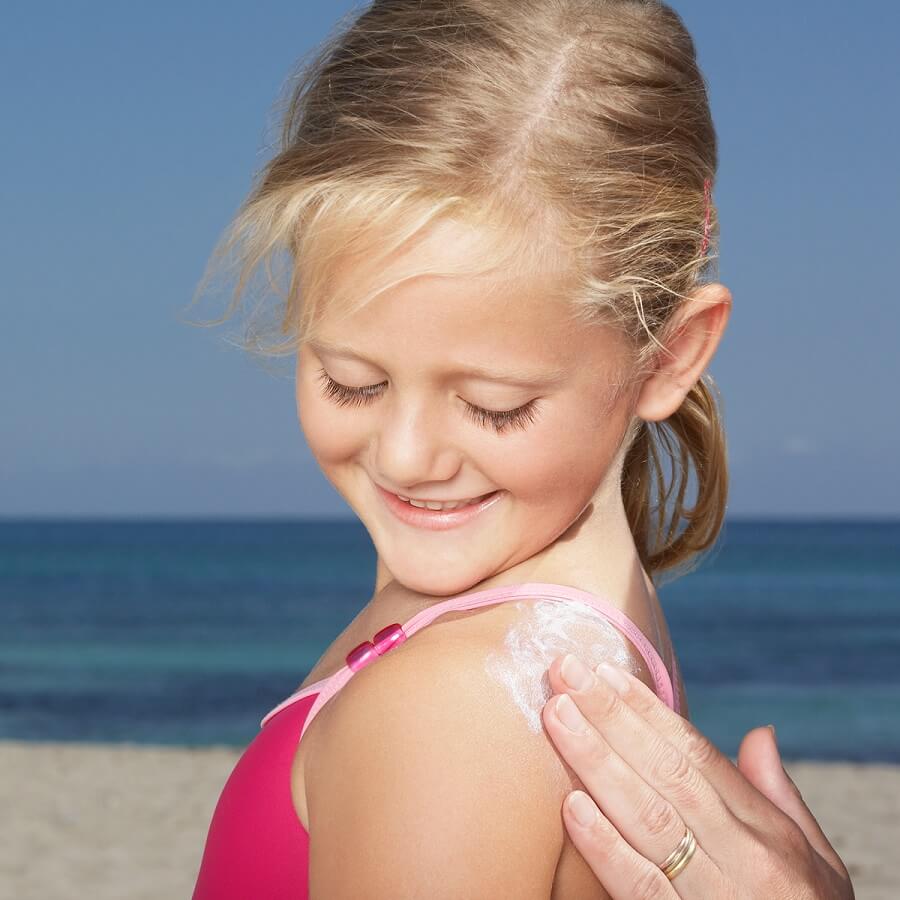With the hot blazing sun on your bare skin, it’s time to think about prevention and protection from its damaging rays. Sunscreen is an essential tool to have for your summertime enjoyment.
Sunscreen is a bit like toothpaste, where more is better. It’s safe to use and can protect your skin against skin cancer and premature ageing. However, it is not effective unless it’s applied correctly.
While no sunscreen is 100 percent effective at blocking ultraviolet (UV) rays, many types of sunburn are caused by the incomplete or infrequent application.
About 100 percent of dermatologists say that most people don’t follow the directions right on the bottle to re-apply sunscreen regularly. Using last season’s sunblock or one reaching its expiration date is not a great idea either.
By wearing sunscreen correctly and daily, you’ll not only help prevent scorching your skin, but you’ll also help prevent sun damage, lessening your dependence on those skin repairing or anti-ageing beauty products.
So whether you are on vacation or taking a brisk fall walk in your neighbourhood, remember to use sunscreen.
Here are some helpful tips to remember for selecting, applying and using sunscreen correctly.
- Choose a sunscreen that has an SPF of 30 or higher, is water resistant, and provides broad-spectrum coverage, which means it protects you from UVA and UVB rays.Use a tablespoon of sunscreen on your face and about two ounces for your body. Unless you slather on a thick layer, you’re probably just getting an SPF 10 out of your SPF 30.
- Apply sunscreen generously before going outdoors. It takes approximately 15 minutes for your skin to absorb the sunscreen and protect you. If you wait until you are in the sun to apply sunscreen, your skin is unprotected and can burn.
- Apply enough sunscreen to cover all exposed skin. Most adults need about 1 ounce or enough to fill a shot glass to cover their body fully. Rub the sunscreen thoroughly into your skin.
- Apply sunscreen to all bare skin. Remember your neck, face, ears, tops of your feet and legs. For hard‐to‐reach areas like your back, ask someone to help you or use a spray sunscreen. If you have thinning hair, either apply sunscreen to your scalp or wear a wide‐brimmed hat. To protect your lips, apply a lip balm with an SPF of at least 15.Instead of squeezing a giant blob onto your hands, dot sunscreen directly onto your face and apply it. This technique helps it absorb more quickly and evenly.
- To remain protected when outdoors, reapply sunscreen every two hours, or immediately after swimming or sweating. People who get sunburned usually didn’t use enough sunscreen didn’t reapply it after being in the sun or used an expired product.A leading sunscreen formulator once stated that many sunscreens become unstable when exposed to sunlight. That means the product stops working, so you have to use more every couple of hours.
- Use zinc oxide if you need immediate sun protection. Both zinc and titanium dioxide are minerals that block the sun’s UV rays, so they work faster than chemical sunscreen ingredients, which must be absorbed to convert light to heat energy in your skin.
- Touch up with mineral makeup. If you go out at lunch, your morning application of sunscreen is already useless. So touch up with a mineral-based powder that has an SPF. Many with zinc or titanium dioxide have an SPF 18 or 20.
Be Safe & enjoy the sunshine:
By using these helpful tips, your time in the sun will be much more enjoyable knowing your skin is safe and protected during the higher UV sunny summer months.











